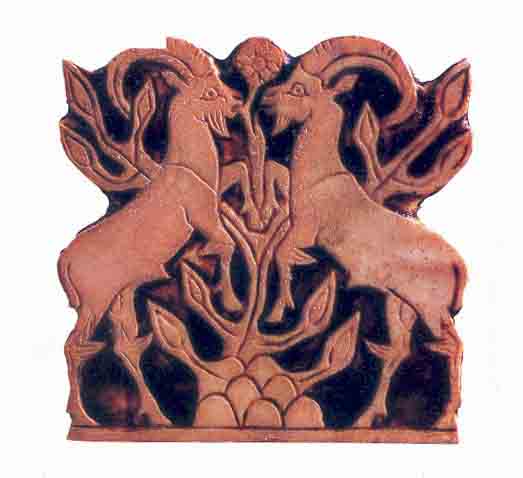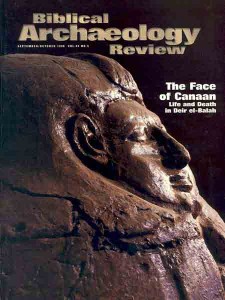
Entwined in the branches of a flowering tree, two goats appear to nibble on the leaves. Black bitumen outlines the figures on the 1.75-inch decorative plaque, which was carved from shell. British archaeologist Sir Leonard Woolley discovered the plaque in the 1920s in the Royal Cemetery at Ur. The plaque was among the grave goods belonging to a wealthy woman named Puabi, who was buried in about 2600 B.C. in the site’s Royal Cemetery. A gold-covered statue of a goat in a thicket was discovered elsewhere in the Royal Cemetery.
Trees were a common symbol of fertility throughout the ancient Near East. The nourishment provided by trees may have suggested a fertility goddess’s life-giving force.
Already a library member? Log in here.
Institution user? Log in with your IP address.

